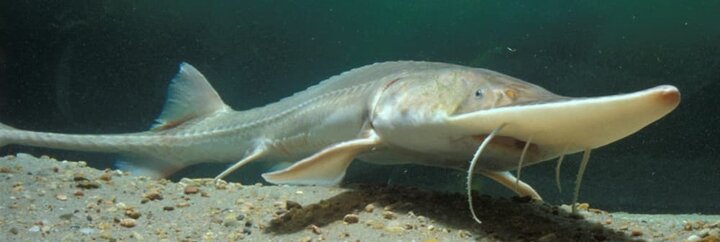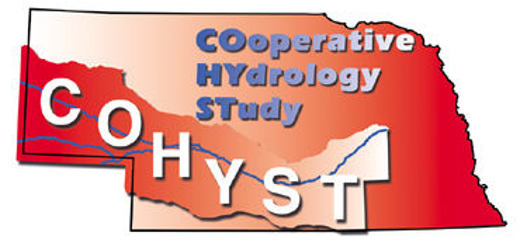The states of Nebraska, Wyoming, and Colorado, and the US Department of the Interior have a cooperative agreement partnership to address endangered species (whooping crane, piping plover, least tern, pallid sturgeon) issues affecting the Platte River Basin.

The initiative has two major purposes:
- To develop and implement a "recovery implementation program" to improve and conserve habitat for four threatened and endangered species that use the Platte River in Nebraska.
- To enable existing and new water uses in the Platte River Basin to proceed without additional actions required for the four species under the Endangered Species Act.
The Platte River Cooperative Hydrology Study (COHYST) is a cooperative effort to improve understanding of the hydrological and geological conditions in the Platte Basin in Nebraska upstream of Columbus, Nebraska. A group of Nebraska interests have joined together as sponsors and partners to develop scientifically supportable hydrologic databases, analyses, and modeling which when completed will:
- Assist Nebraska to meet obligation under a separate three-state cooperative agreement. Assist Nebraska's Natural Resources Districts along the Platte River in providing appropriate regulation and management.
- Provide Nebraskans with a basis to develop policy and procedures related to groundwater and surface water.
- Help Nebraskans analyze proposed activities of the cooperative agreement and/or other programs in Nebraska.
The Center for Advanced Land Management Information Technologies (CALMIT) contributed essential land cover and land use maps to the COHYST project, providing information critical to understanding hydrologic conditions. Historical and modern land cover data for the COHYST region were developed using Landsat-5 and Landsat-7 Thematic Mapper (TM) satellite imagery and ancillary data.
The COHYST Land Use Mapping programs for the Platte River Cooperative Hydrology Study (COHYST) were funded by the Nebraska Environmental Trust and the Nebraska Department of Natural Resources.

